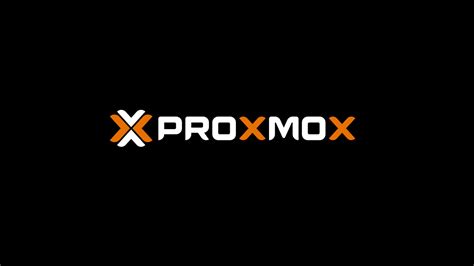this post was submitted on 20 Jul 2024
51 points (100.0% liked)
Linux
48287 readers
637 users here now
From Wikipedia, the free encyclopedia
Linux is a family of open source Unix-like operating systems based on the Linux kernel, an operating system kernel first released on September 17, 1991 by Linus Torvalds. Linux is typically packaged in a Linux distribution (or distro for short).
Distributions include the Linux kernel and supporting system software and libraries, many of which are provided by the GNU Project. Many Linux distributions use the word "Linux" in their name, but the Free Software Foundation uses the name GNU/Linux to emphasize the importance of GNU software, causing some controversy.
Rules
- Posts must be relevant to operating systems running the Linux kernel. GNU/Linux or otherwise.
- No misinformation
- No NSFW content
- No hate speech, bigotry, etc
Related Communities
Community icon by Alpár-Etele Méder, licensed under CC BY 3.0
founded 5 years ago
MODERATORS
you are viewing a single comment's thread
view the rest of the comments
view the rest of the comments

No UUIDs, only paths. When booting from a live system I noticed /etc/fstab is empty. Also, there where a bunch of partitions on /dev/sda and I can't see any on /dev/nvme0n1
No not consciously
it sounds like the bootloader is installed; but not updated to point to the ramdisk and i'd be surprised if your ramdisk doesn't need a new driver to load the nvme drive since it was created using your old ssd.
also: i'm going to assume that you want 500gb instead of 256gb and i think dd is likely going to give you 256gb since it also copies free space and your drives are not identical; if none of the resizefs commands work, then you'll be stuck at 256gb. in your shoes i would use that live distribution to create that partition (or better yet an lvm) like you already did; copy the data that you want with something like rsync; install grub and allow that bootloader installation to create a new ramdisk for you.
this way you're guaranteed to get all 500gb; the bootloader and ramdisk have the necessary bits to run your nvme and installation; plus, if you go with lvm, you're future proofed since you can add drives to that lvm into perpetuity with each new drive increasing its size or retire old drives without having to remove/re-create the volume and all without having to do any of it again.